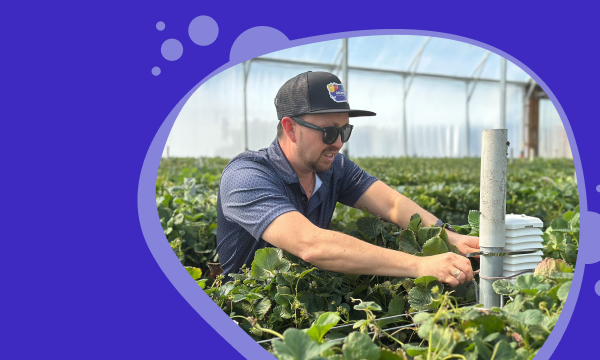
- ARTICLE
- CROP MANAGEMENT
How Climate Insight Levels the Protected Cropping Field
Daniel Than, Customer Success Director at WayBeyond, explains why actionable climate insight—not...
15.02.2024 | 5 min read
Protected cultivation is like a superpower. It protects growers from environmental threats and increases sustainable and efficient growing.
You can't read the news without hearing that climate change is here and we aren't ready. From the tomato wars in the US to Europe's reliance on crops from North Africa to extreme climate changes, water scarcity, and dwindling farmland worldwide, we can't get away from the headlines.
And we can't escape the truth that climate change affects how growers will produce enough food to feed the world.
Last week, Deutsche Welle featured an article about 'heatflation' and its impact on Middle East food prices. The World Economic Forum defines heatflation as rising food prices caused by extreme heat. Heatwaves worldwide are damaging and destroying crops, impacting people from the Middle East to North Africa and the United States.
In 2023, deadly heatwaves occurred in Palestine, Bangladesh, India, Thailand, Myanmar, Cambodia, and the Philippines, with temperatures hovering around 40° C. The US Sun Belt also saw triple-digit temperatures in 2023. Earlier this year, in February, the southern coastal zone in Africa experienced heat index values around 50°C.
Climate change's effect on crops significantly threatens global food security. The threats affect everyone, but it is important to remember that heatflation and rising food prices traditionally affect the most vulnerable people in countries worldwide.
What can growers do to continue growing our food in these conditions? Should they irrigate more? Should they change the types of crops they grow? What is the path forward in horticulture that can still produce high yields in harsh conditions and the 'heatflation' that impacts our food supplies?
Fewer resources and reduced impact on the planet
Even the Deutsche Welle article said there are no easy answers to tackle heatflation. And yes, tackling systemic problems in countries affected by heatflation and other factors like budget deficits and currency devaluation is hard. But also what we're living through currently—conflict and war— the dependencies of some countries on food imports like wheat from Ukraine.
I believe there are answers to tackle heatflation. One thing we can change now that will help farmers grow food as we battle climate change is protected cultivation.
Protected cultivation, also known as a controlled agricultural environment (CEA), enables growers to grow crops in a controlled environment. Environmental factors--temperature, humidity, light, and other factors--can be regulated by the requirements of the crop, which supports a healthier and larger yield.
As the CEO of WayBeyond, I recognize the immediate and pressing need for growers to access timely, actionable, and scalable agronomy data. Protected cultivation in controlled and protected environments like greenhouses, structures, or indoor vertical farms enables growers to produce consistently higher yields year-round and gives them greater control over environmental variables like heatwaves and extreme weather we see with climate change.
The ability of a grower to control their growing environment with minimized resource consumption also leads to more sustainable and efficient growing practices with a positive environmental impact on the land–this benefits the entire world.
It stands to reason that as temperatures rise, crops will struggle and yields will go down. And if yields go down, the price of that crop, say tomatoes or blueberries, will increase. Extreme heat damages crops—and that burns through farmers' margins of error.
Protected cultivation reduces environmental threats, and if we can control that, we can keep growers in the business of feeding the world.

Daniel Than, Customer Success Director at WayBeyond, explains why actionable climate insight—not...
.png)
Learn how to manage weather-related risks for your crops using an early warning system such as...

WayBeyond’s new GrowPilot app brings artificial intelligence into the hands of small to...
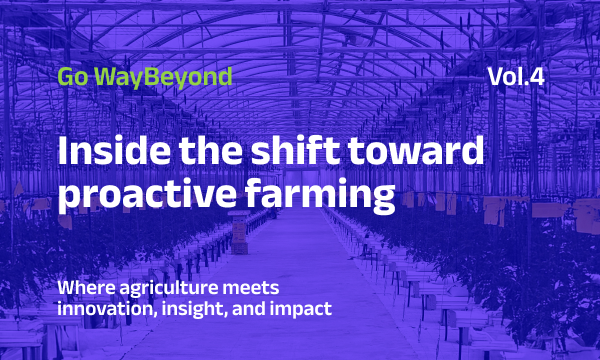
From cutting water use in drought-hit regions like Morocco to preventing thousands in losses from...
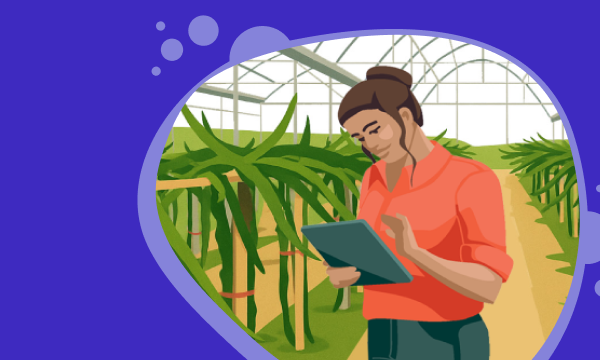
When faced with crop losses due to climate events and system failures, Eliven Tropical turned to...
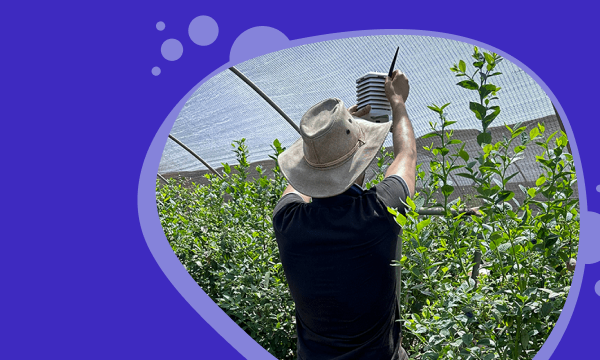
A leading Moroccan berry grower cut water use by 16% using climate data and ETo-based irrigation....
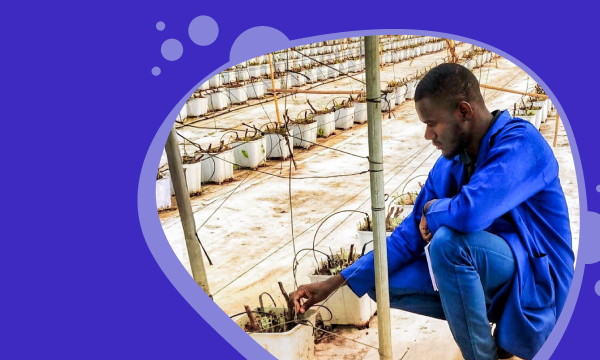
ETo forecasting is a simple but powerful tool for optimizing irrigation every day, in every season....
.png)
From breeding climate-resilient berry varieties in Australia to testing precision irrigation...
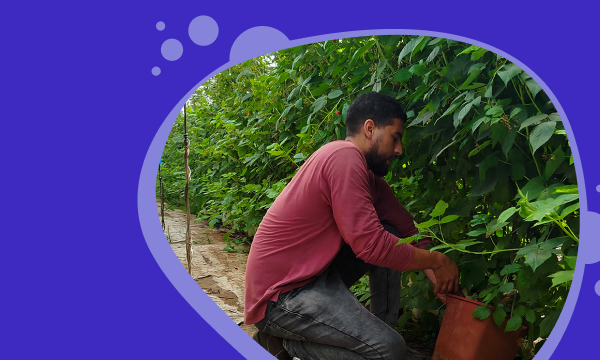
See the strategy behind evapotranspiration-based irrigation planning that helped a greenhouse...
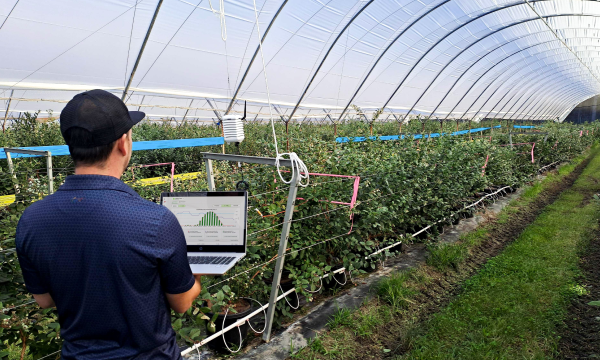
Costa Group is using WayBeyond’s FarmRoad platform to support its elite blueberry breeding program...
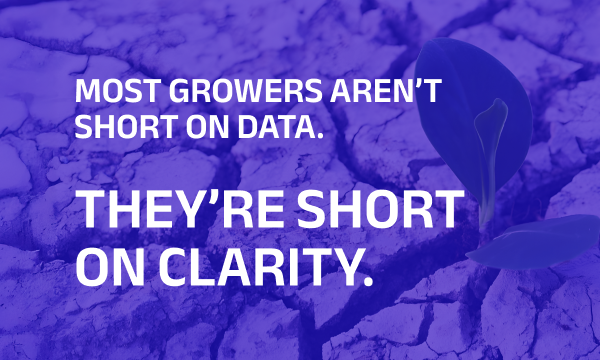
Soil systems around the world are under pressure. Pollution, climate extremes and unsustainable...

AgTech enters 2025 with strategic investments prioritizing long-term food security over quick...
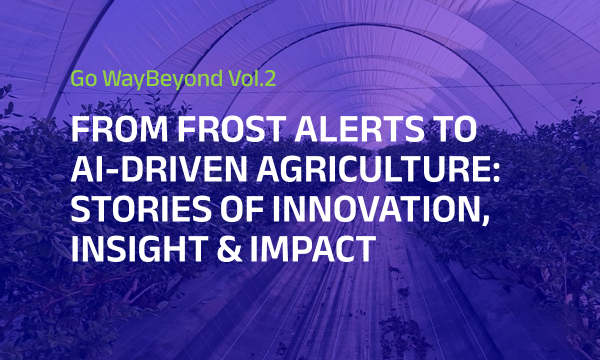
Our newsletter explores the evolving world of agriculture through the lens of innovation, insight,...

Darryn shares how digital agronomy and AI-powered solutions help farmers optimize production,...
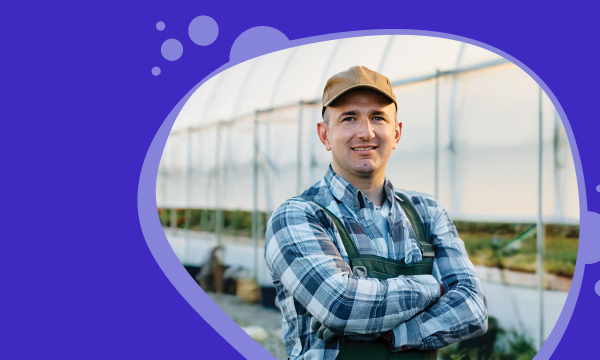
Learn how a people-first approach to change management empowers growers to successfully transition...
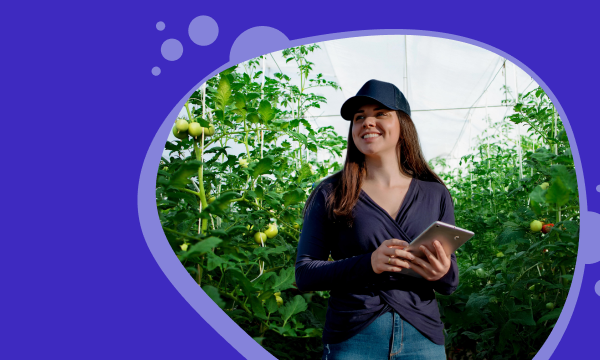
The grower's guide to using data for effective crop management. Get practical tips to achieve...

Darryn Keiller shares his thoughts on the urgent need to rethink farming, tackle regional...
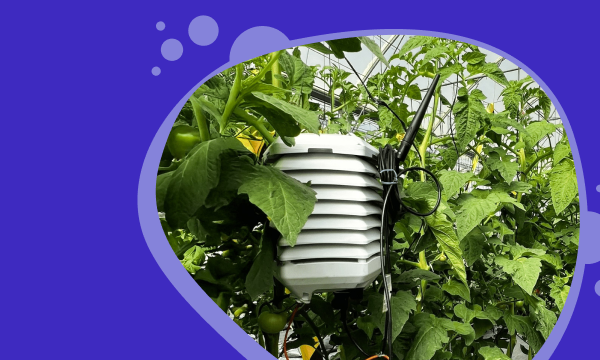
The HM.CLAUSE Kenya seed production team faced several challenges in optimizing their yield...

With late blight causing crop loss and large costs, Agrícola Chaparral turned to digital agronomy...

Learn how six key weather data points can help you make smarter irrigation decisions, conserve...

Two weeks, three countries, and ten customer farm visits later, Daniel Than, WayBeyond’s Customer...
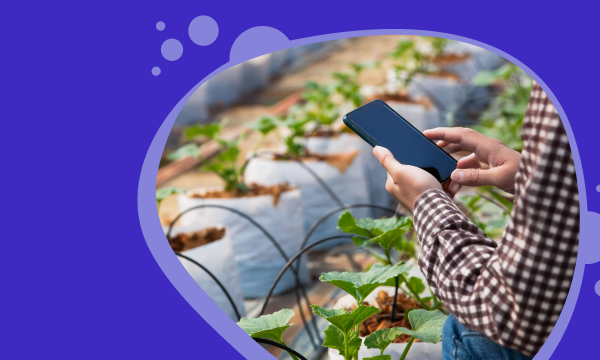
A smart approach to water management is key to helping growers tackle water scarcity and climate...
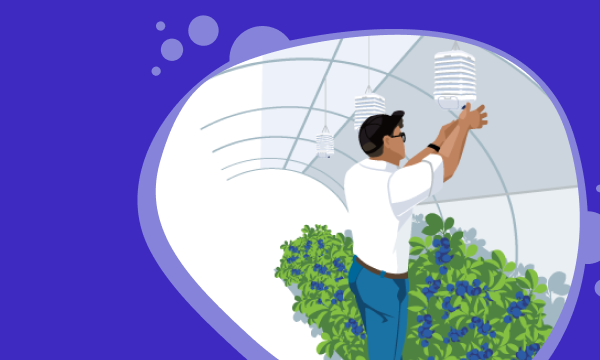
With over 470 ha of blueberry production, African Blue needed to unify farm data to improve crop...

What if tomato seeds were treated as commodities? This article explains how data and AI can help...
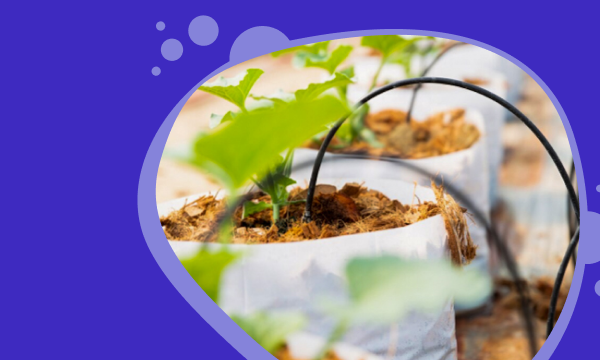
Uncover the vital role of drip and drain monitoring in optimizing drip irrigation farming.
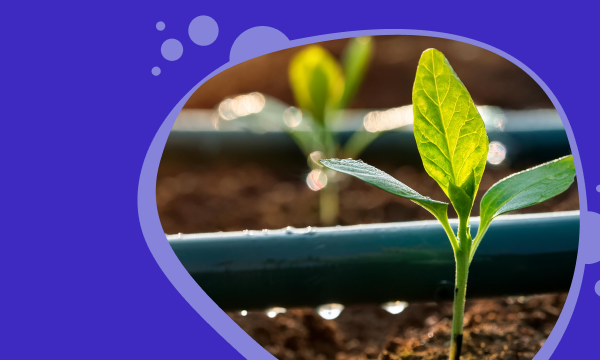
Explore how protected cropping growers can use data insights to drive smart irrigation practices.
.png)
Learn how Khawla Derstaouieh embraces digital agronomy to optimize irrigation, track pests, and...

Heatflation is rising food prices caused by extreme heat from climate change. How can protected...
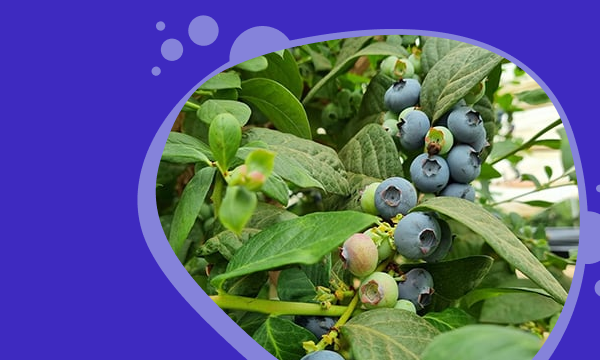
Heat stress is a significant concern for berry growers as it has both positive & negative effects...
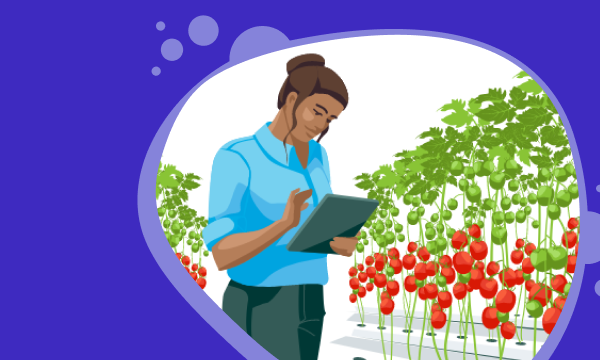
Do growers focus too much on high accuracy yield forecasting and miss key contextual indicators?
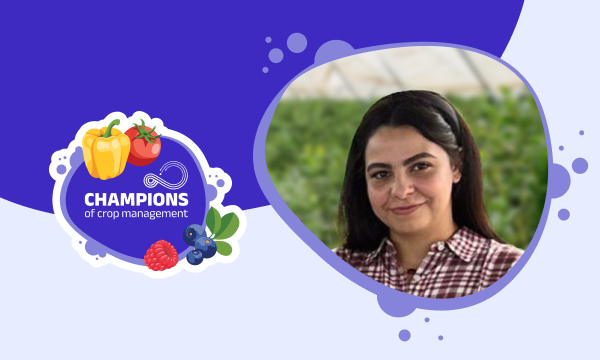
Discover how Sanaa Elmarini enhances decision-making in blueberry crop management at African Blue...

Practical solutions for today’s challenges in the world of horticulture. From real-time data to...
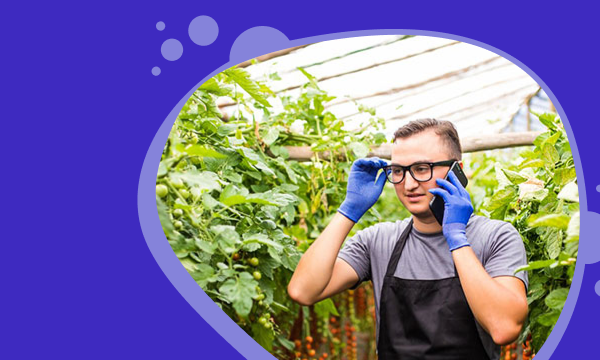
Real-time alerts play a vital role in empowering growers to make better crop management decisions.

Darryn addresses the importance of food security, how the pandemic showed a real vulnerability in...

Real world examples of common issues faced by growers that can be solved with real-time data,...
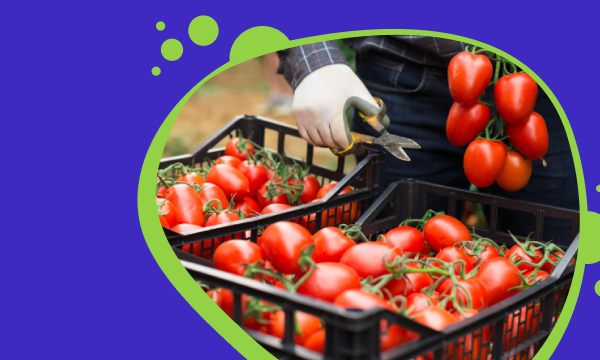
In this crop steering guide, you'll learn how to adjust environmental factors for ideal plant...
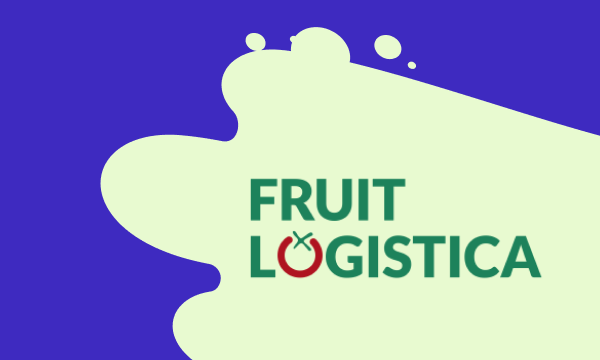
Fruit Logistica 2024 in Berlin wrapped last week, bringing to a close its biggest edition yet with...
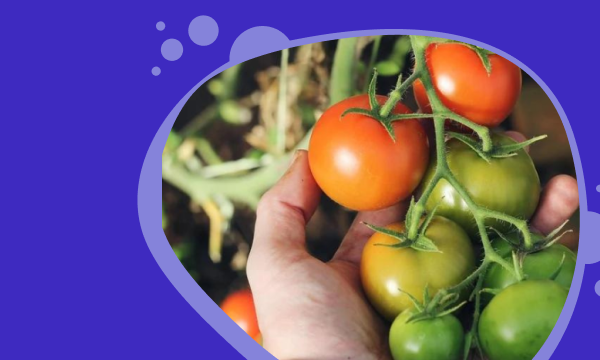
Discover strategies for maximizing crop yields by balancing generative/vegetative growth.
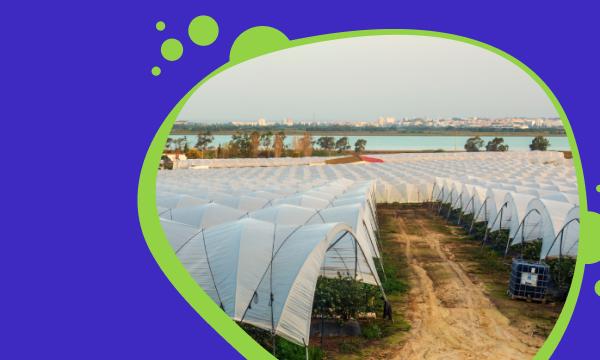
The protected crop growers guide to successfully managing your plants, team, practices and...

The future of farming may be indoors. We know that’s already happening for tomatoes and leafy...

Read our team's report on the 2023 Morocco Berry Conference, held in Agadir.

Learn how interpreting crop yield prediction with contextual data improves decision-making and...

WayBeyond's team share first impressions, general observations and key takeaways from Fruit...

SaaS adoption in horticulture: discover challenges and pitfalls for both growers and technology...

Frost devastates blueberry crops, leading to significant economic losses. By harnessing digital...
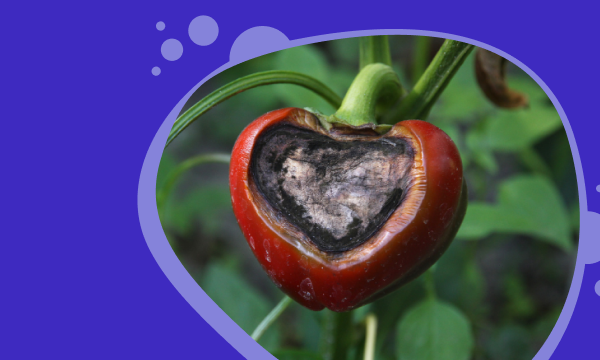
Digital agronomy insights helps tackle crop loss, production variations, and declining yield by...

Lee Kirsopp challenges the need for high accuracy yield prediction. Can other data provide better...

Insights and reflections from the WayBeyond team at GreenTech Americas 2023, held in Querétaro,...

3 production problems that can be solved by collecting data: cross loss from disease, poor crop...
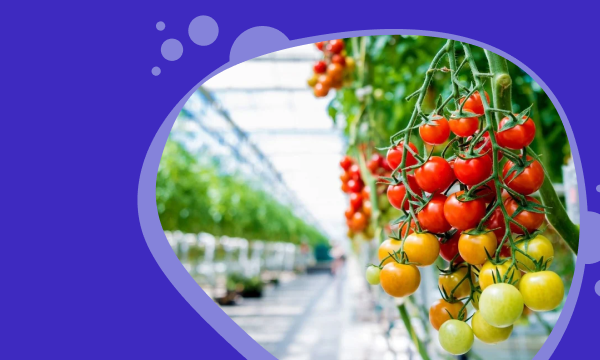
WayBeyond's study unveils factors behind yield swings and proposes an alternative to improve yield...
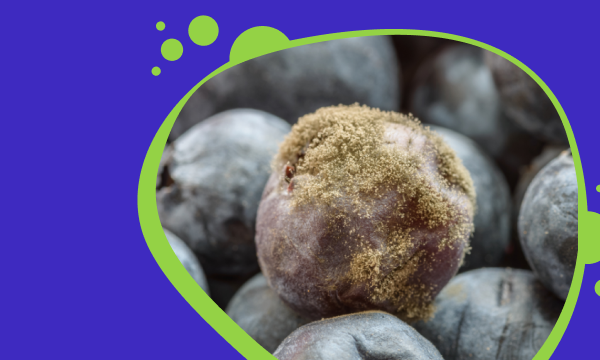
Discover the true cost of a fungal disease outbreak in crops, how to respond and the financial...
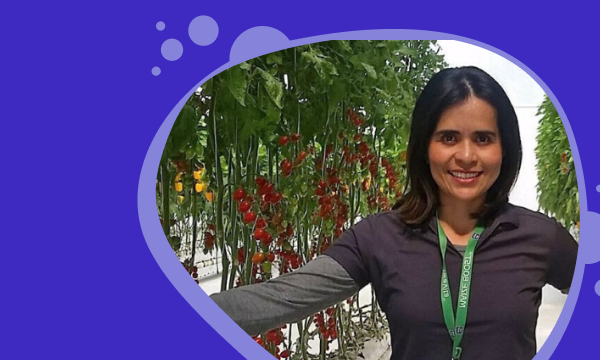
With protected agriculture on the rise, Mexico is ripe for the next wave of tech innovation.
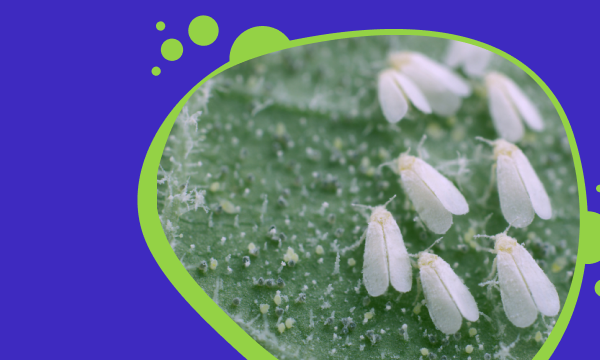
Get insights on Integrated Pest Management planning for effectively managing infestations.
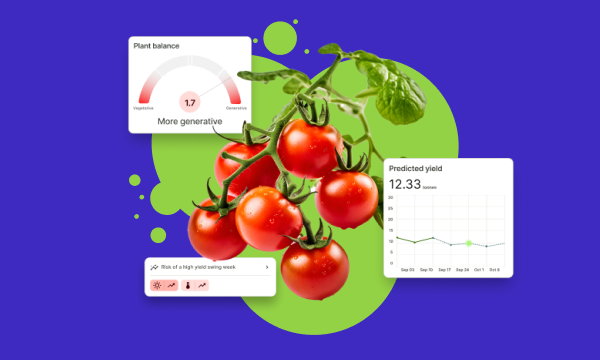
Learn the challenges and potential of AI and machine learning in agriculture for sustainable crop...
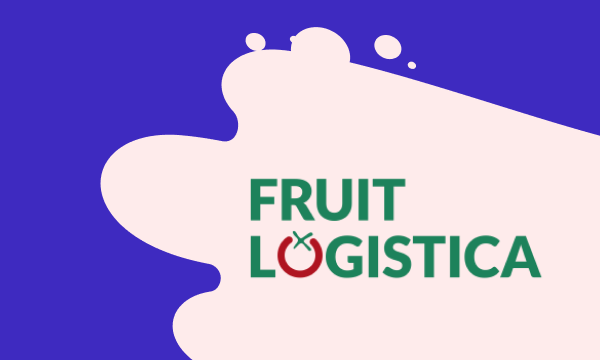
Read the round up of Berlin Fruit Logistica 2023 from the WayBeyond team on the ground.
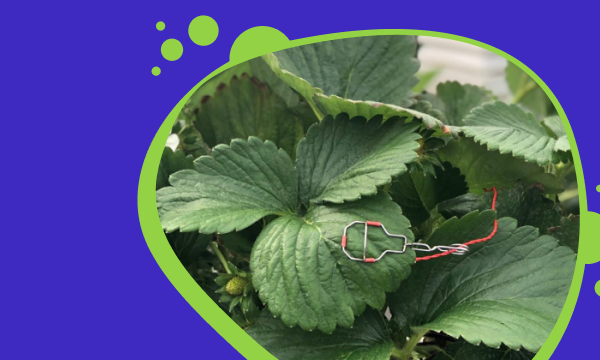
Learn how to manage plant stress and improve crop performance with Vapour Pressure Deficit.
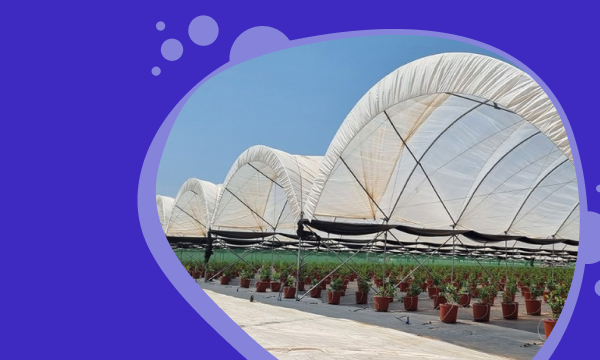
Harnessing FarmRoad enabled to monitor the status of their crops and the farm as a whole and...
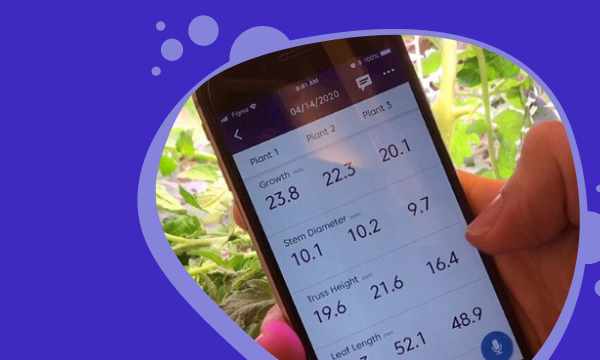
Why do growers use crop registration and how does it benefit crop management practices?

Our food systems face uncertainty in the wake of Climate Change. Cyclone Gabrielle highlighted the...
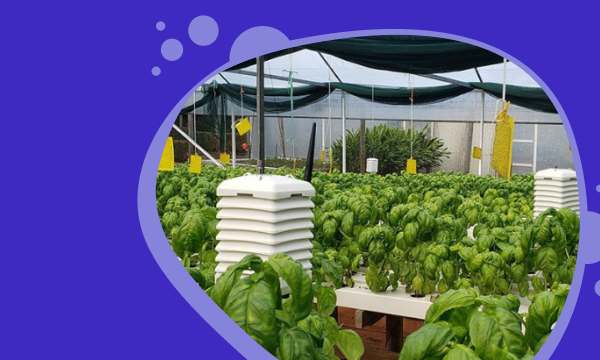
Growers require frequent and detailed climate data and crop status visibility to get the best from...
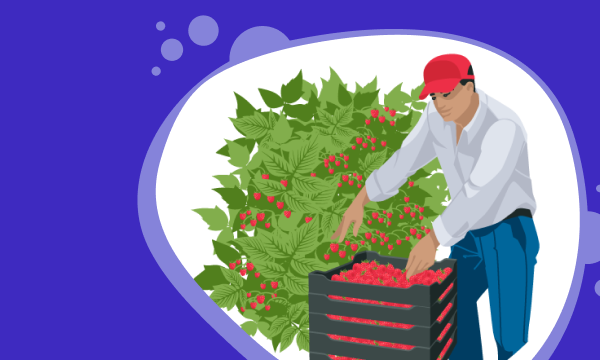
The agronomist at Season Farms noticed a drop in production and turned to WayBeyond's digital...

Plant pathology is the study of plant diseases and how they interact with plants. In this in-depth...
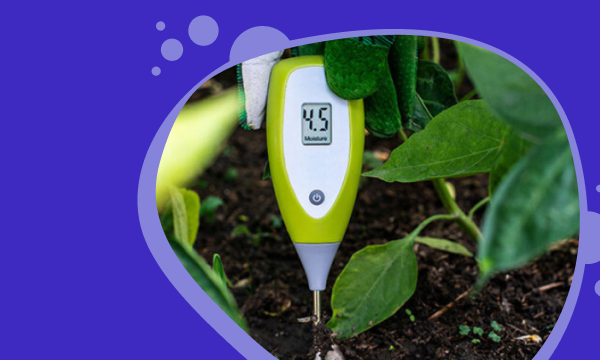
While the popularity of hand held moisture meters for plants shows no signs of abating, there are...

Lotte Bayly shares about her career journey, navigating gender bias, and her views on gender...
Champions of crop management.
Giving commercial growers the power to make better crop management decisions and optimize crop outcomes.
Solutions
Customers
©2025 WayBeyond. All Rights Reserved.